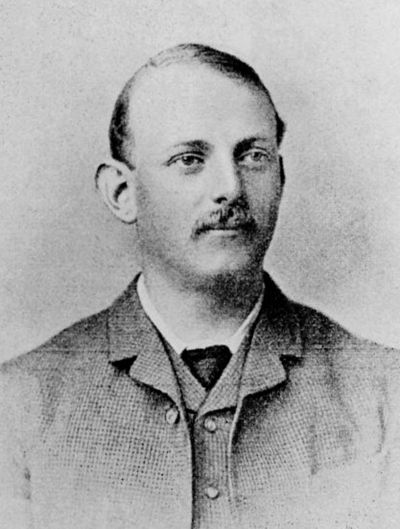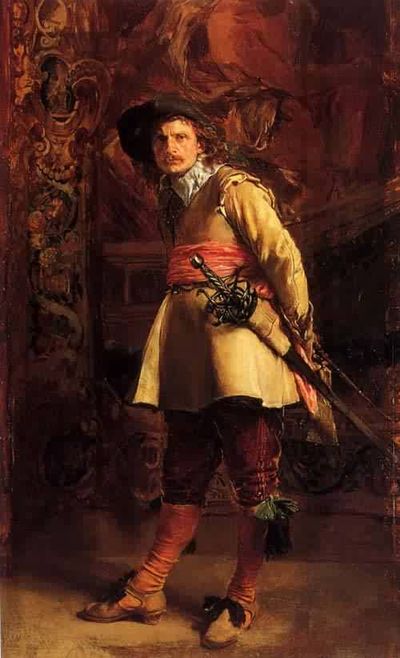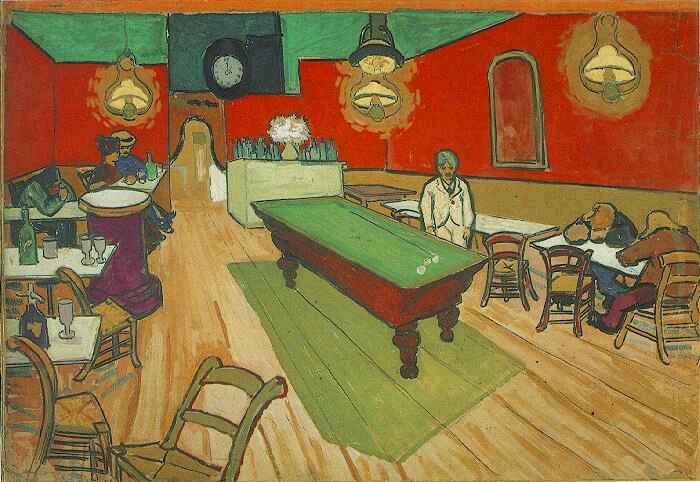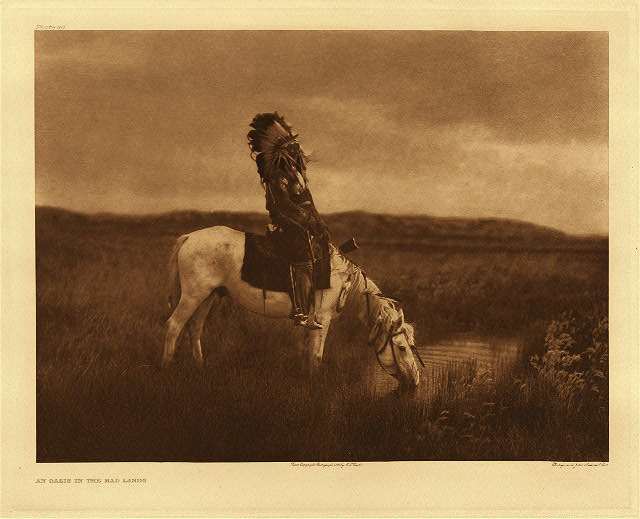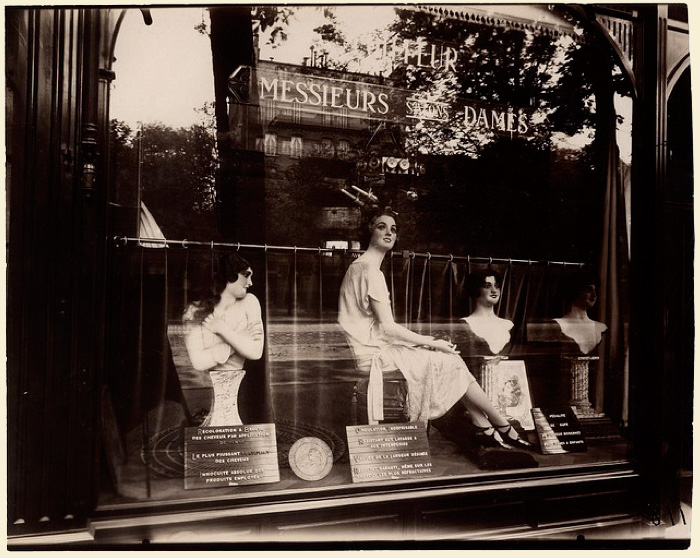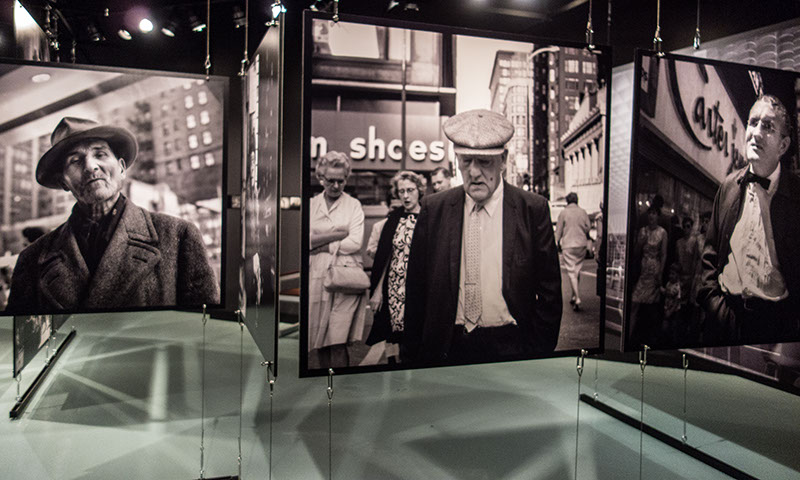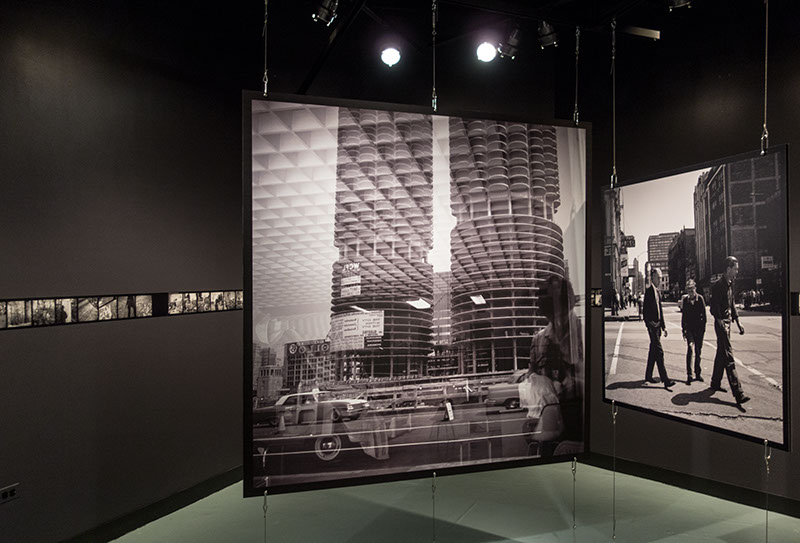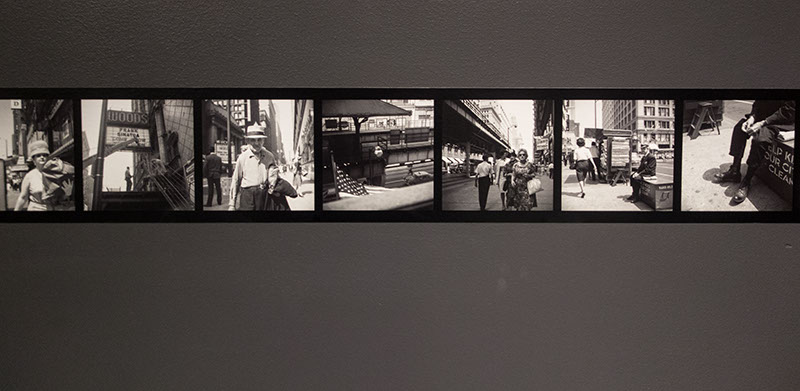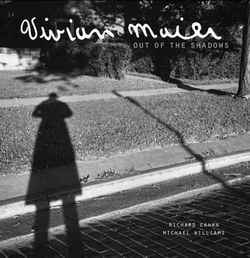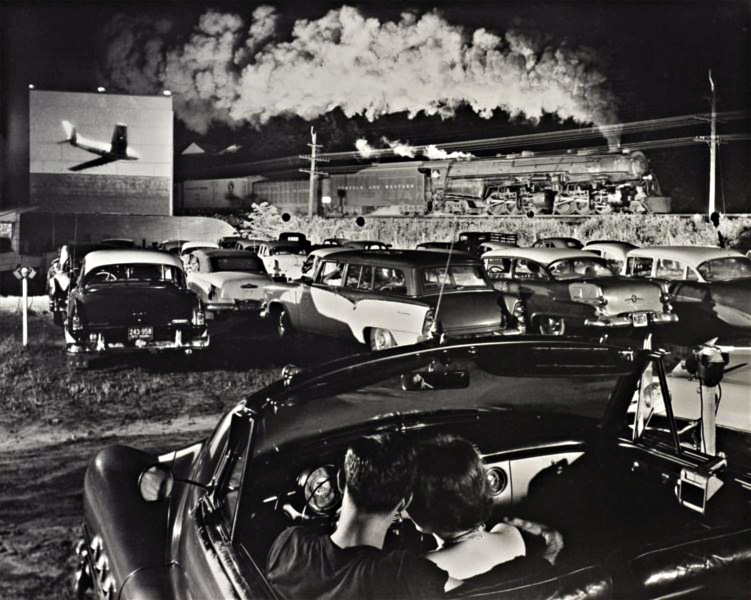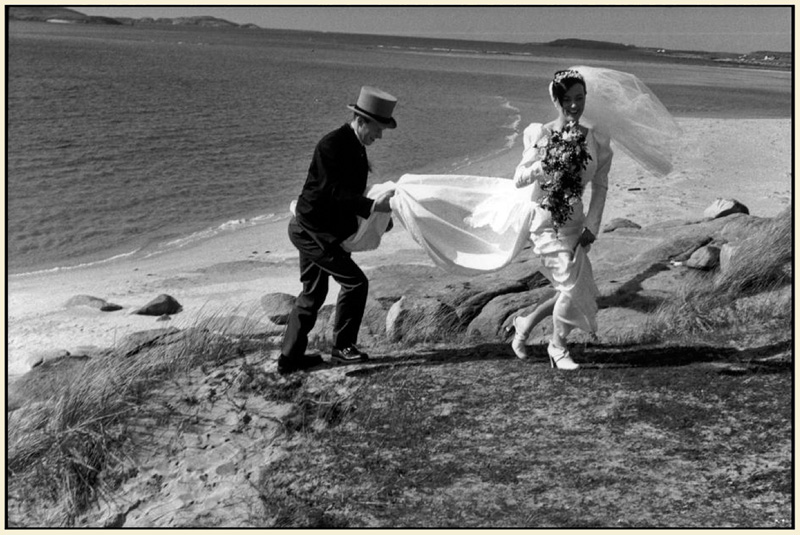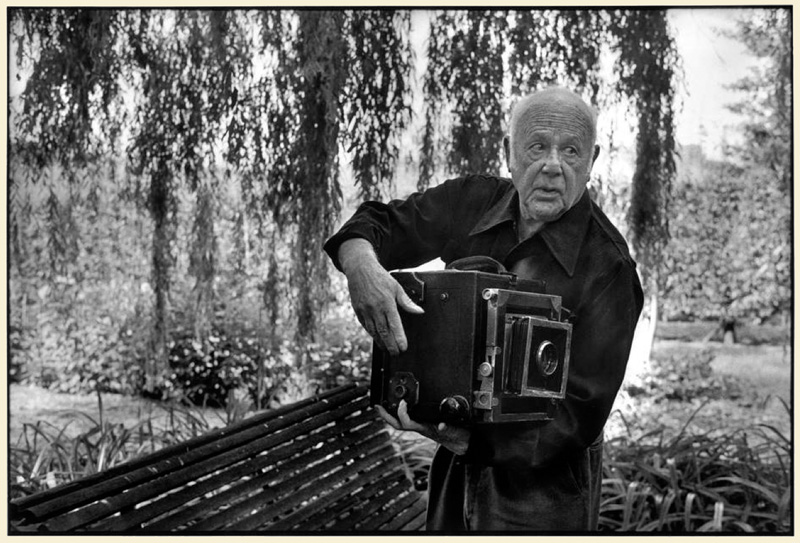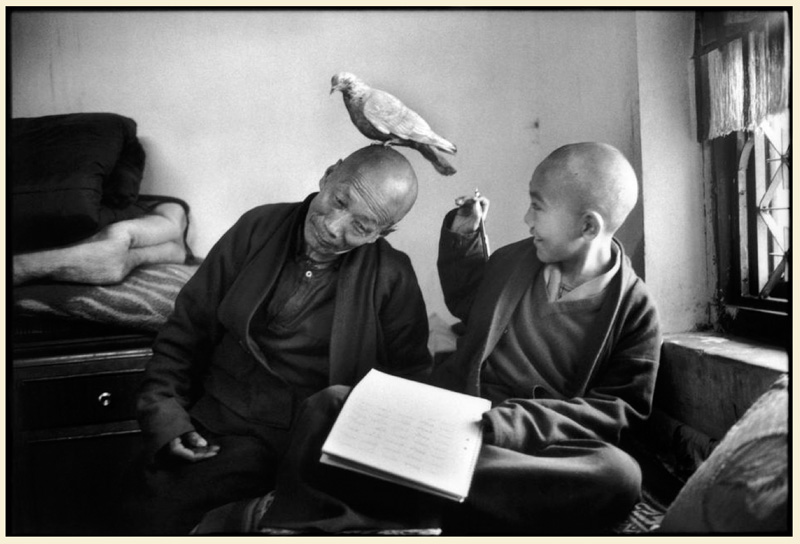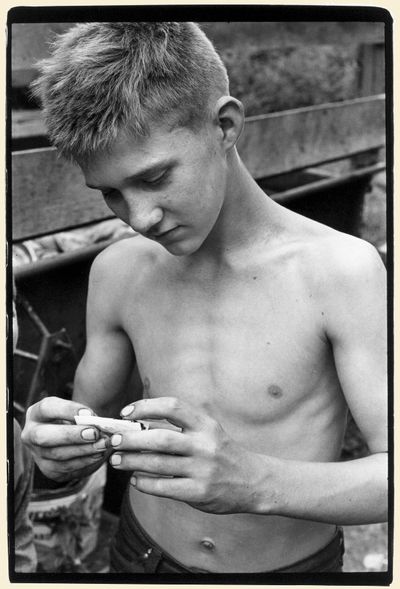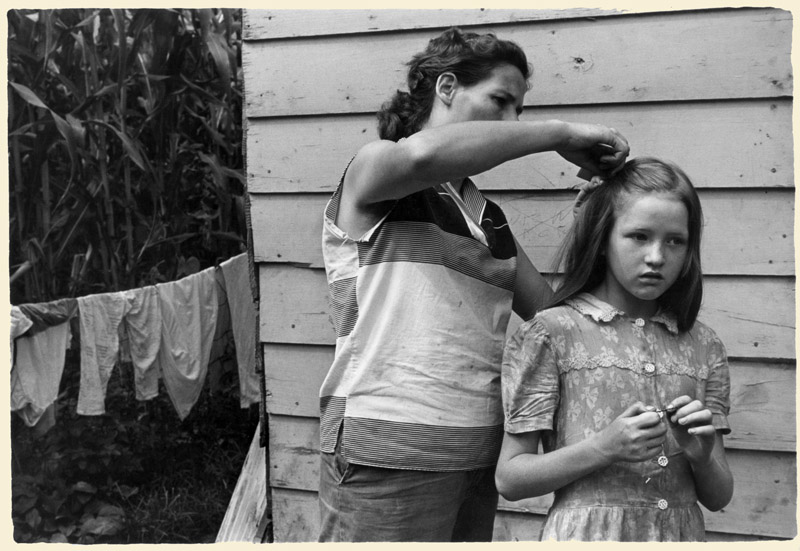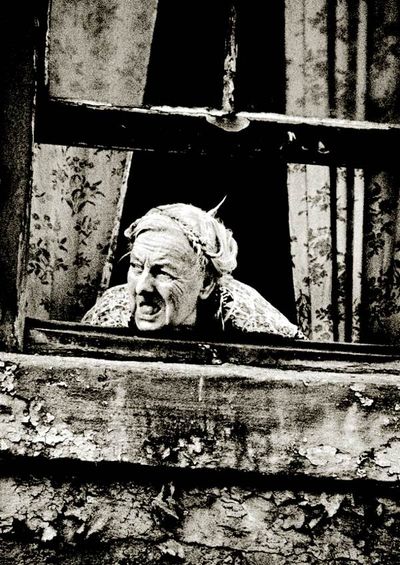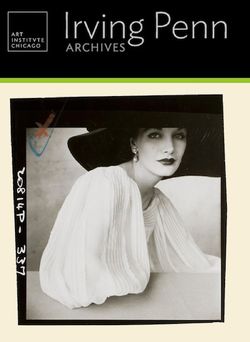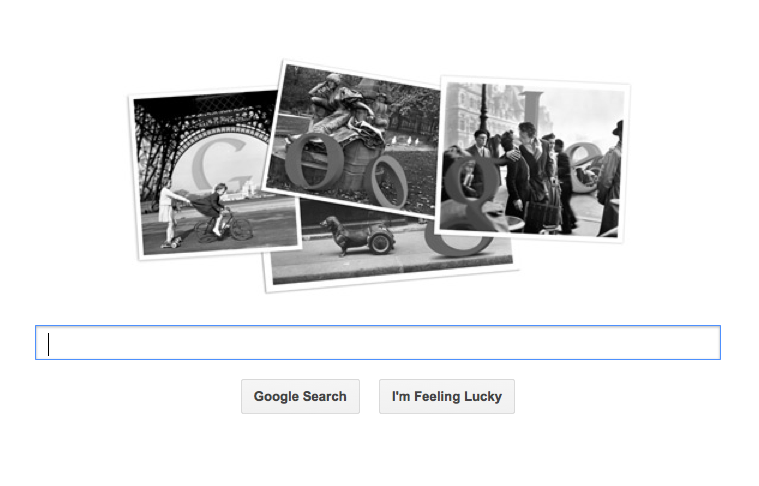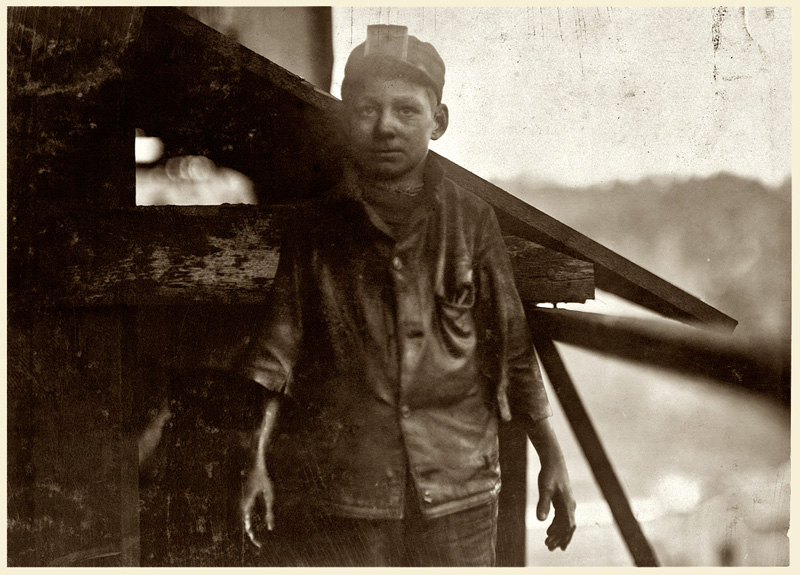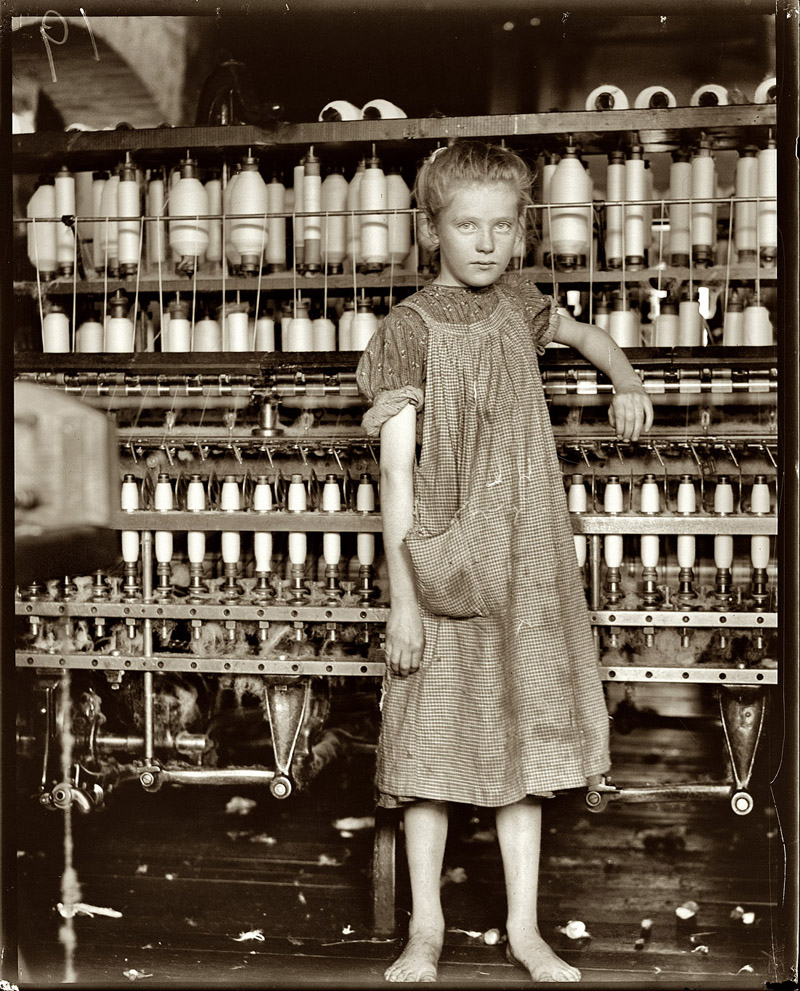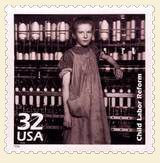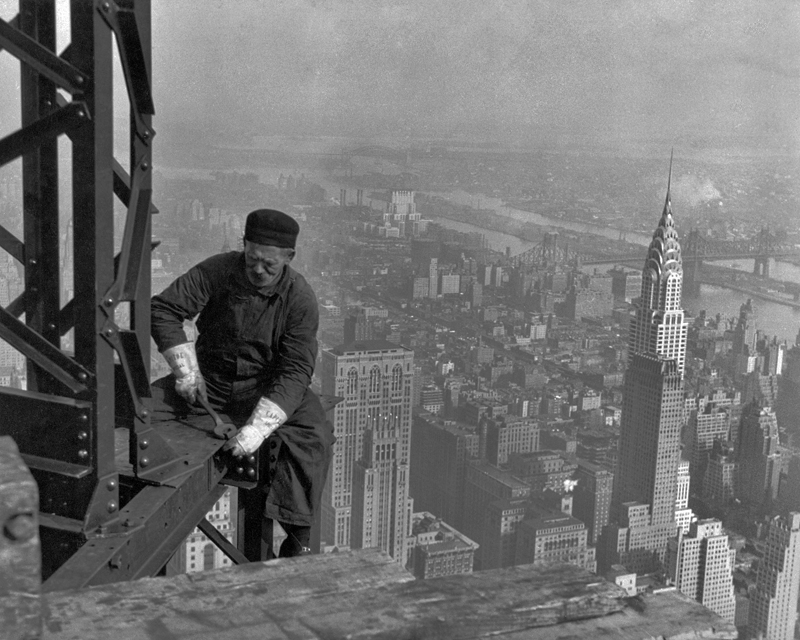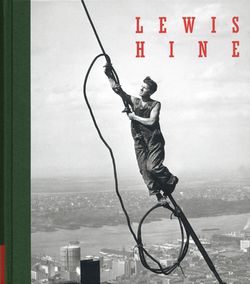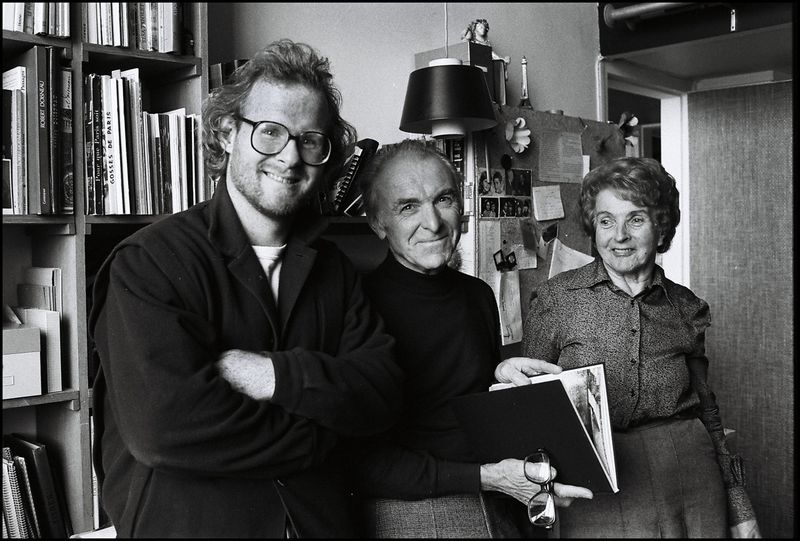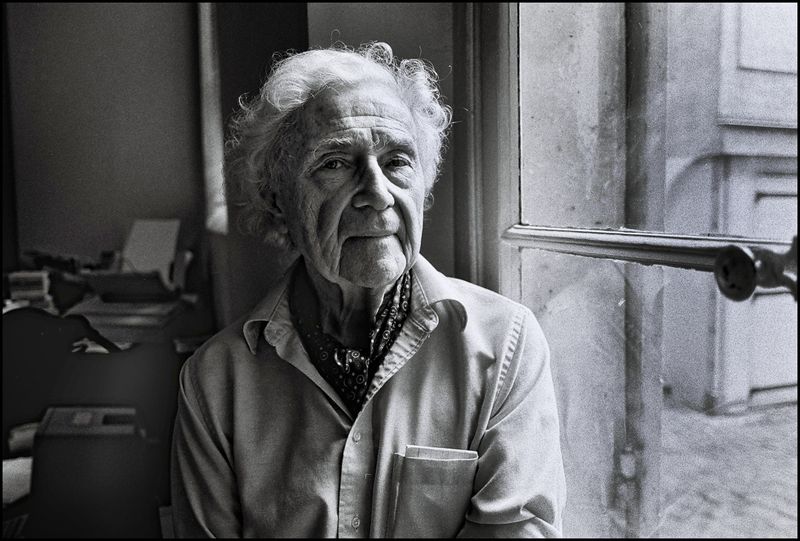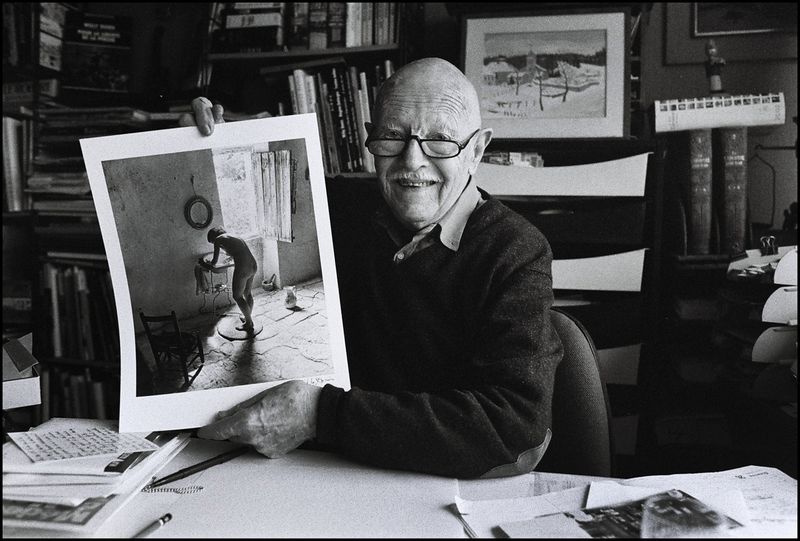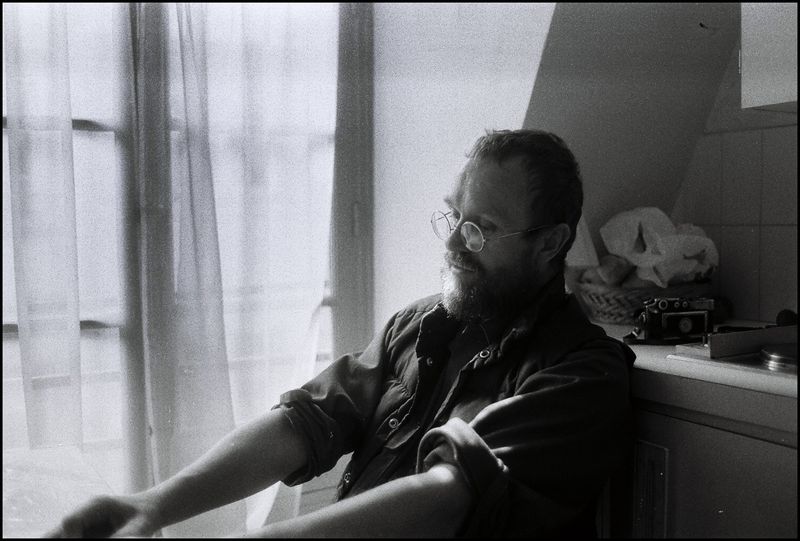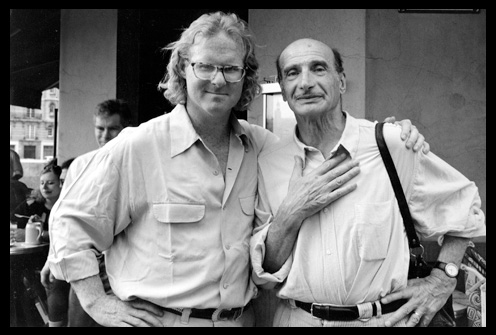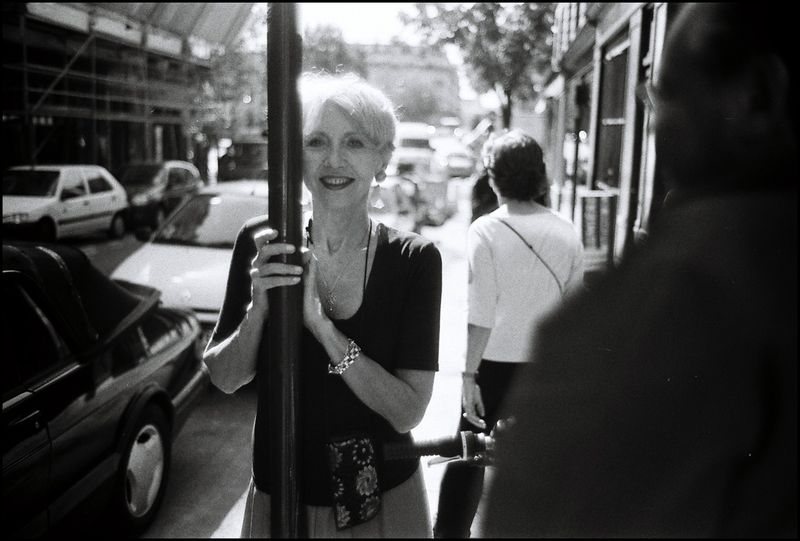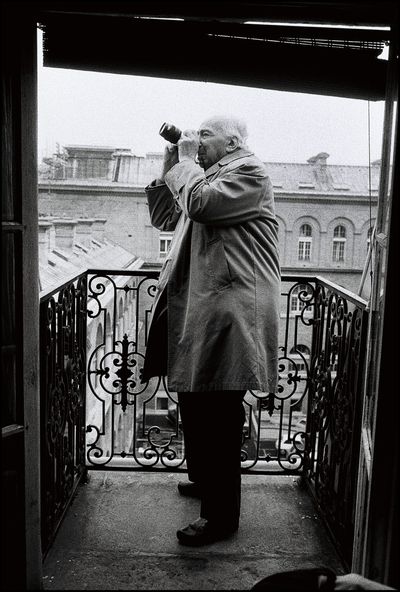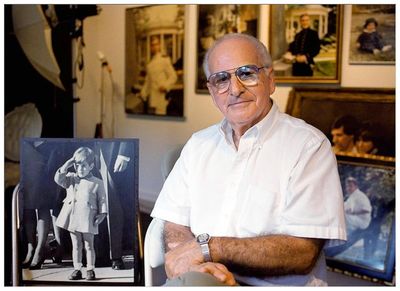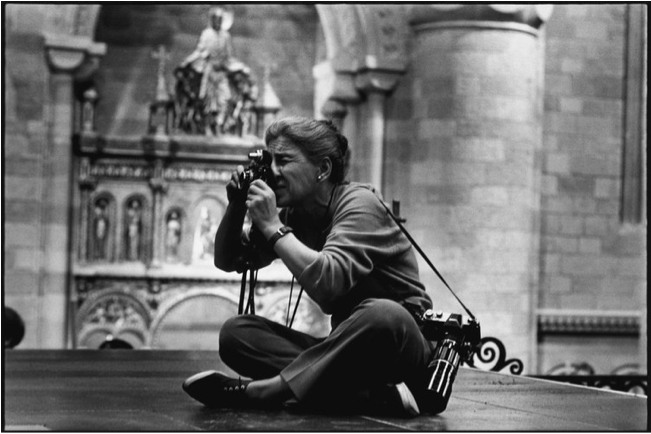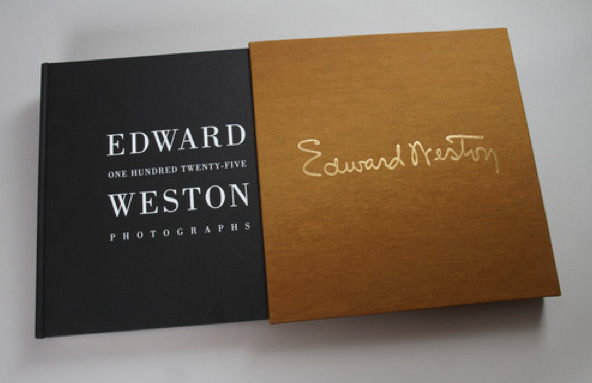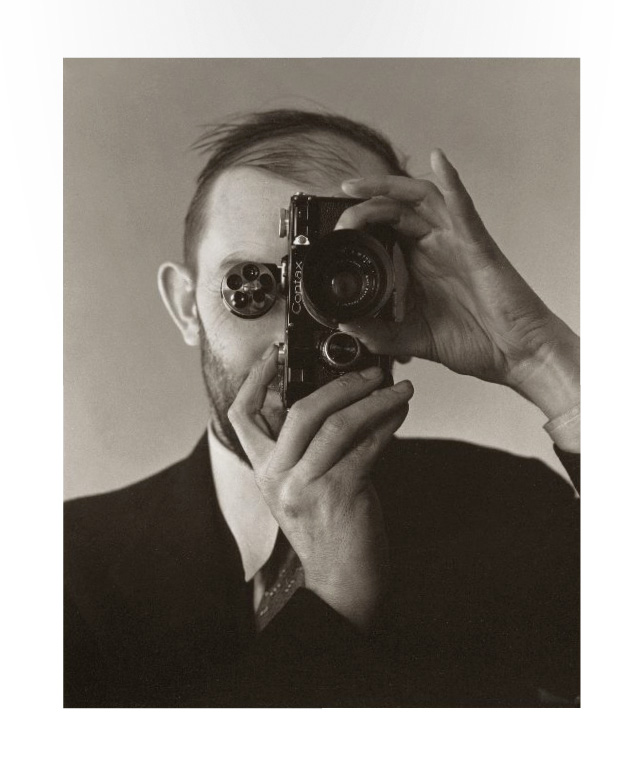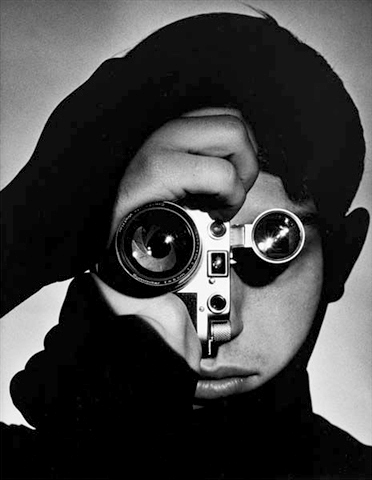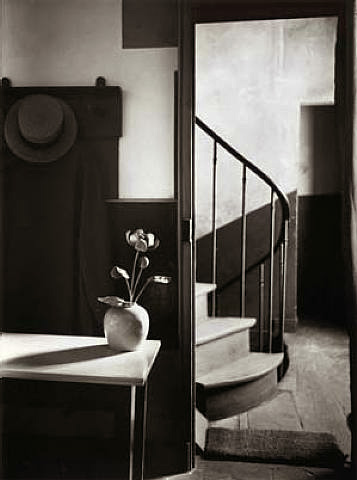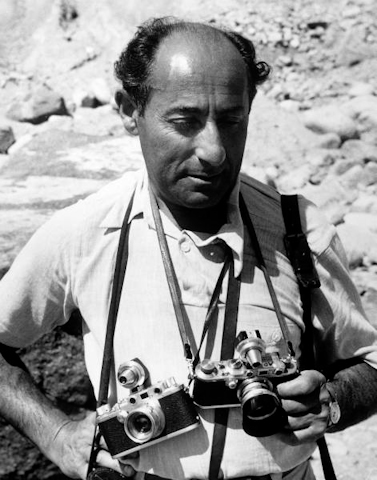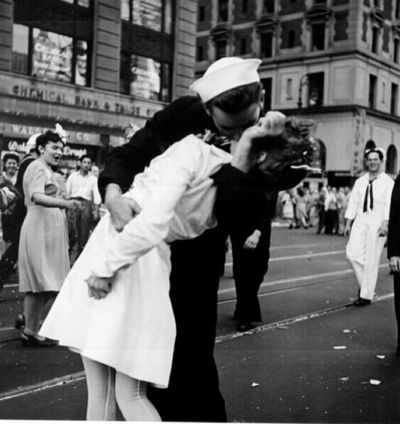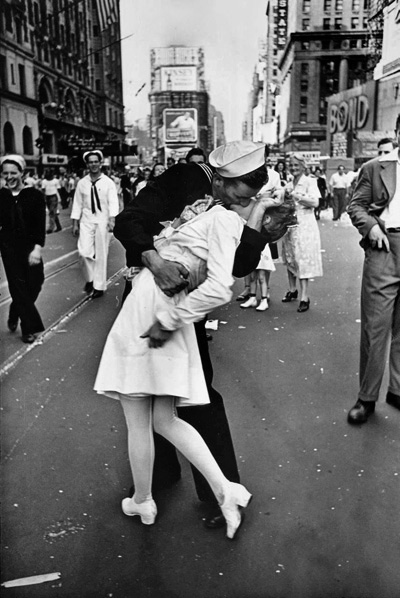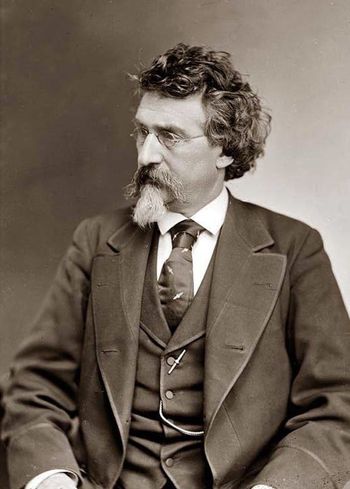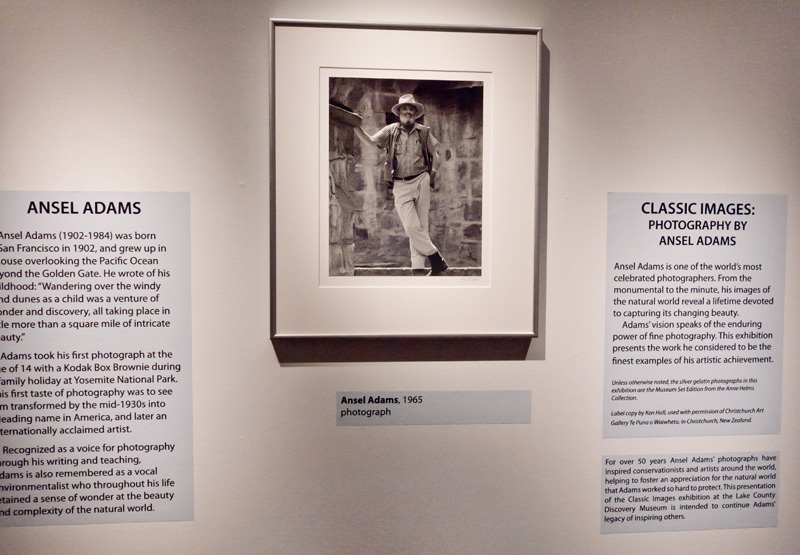
If you noticed things were a little quiet around here yesterday, it's because Michael McCaskey enticed me to unchain my ankle from the leg of the desk and venture out into the north prairie sunlight to the Ansel Adams exhibit at the Lake County Discovery Museum (a.k.a. LCDM) outside of Chicago. (The "Mystery Man" post yesterday, which got away from me somewhat and ended up taking up most of my morning, was intended just to be a lead-in for this.) Matt Witkovsky, Curator of Photography at the Art Institute of Chicago, was able to join us for an informative and engaging hour before his many duties took him away. Looking at photographs with Matt, as you might imagine, was a treat for Michael and me. The Museum was kind enough to open early for us, so we had the exhibit to ourselves for an hour before the crowds arrived. My thanks to Andrew and the staff for their hospitality.
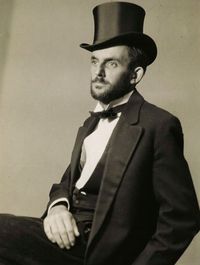 And the crowds did arrive. Despite being located in Wauconda, on a 3,000-acre former "gentleman's farm" that's part of the Lake County Forest Preserves and quite a hike from downtown Chicago (Lake County is the northeasternmost county in Illinois and Wauconda is near the western edge of it), Katherine Hamilton-Smith, Director of Cultural Resources for the Preserves and the person responsible for the exhibition, told us that the show is drawing well over 500 visitors a day—which Matt mentioned is as good as the attendance at some AIC shows. That's the drawing power of Ansel, definitely the most popular American photographer of the 20th century. To call his appeal "robust" might be understating things; the public never tires of Ansel Adams. He's evergreen. (Inset: the picture from yesterday: Ansel, clowning, in 1930, by his wife Virginia, doubtless with a little help from him.)
And the crowds did arrive. Despite being located in Wauconda, on a 3,000-acre former "gentleman's farm" that's part of the Lake County Forest Preserves and quite a hike from downtown Chicago (Lake County is the northeasternmost county in Illinois and Wauconda is near the western edge of it), Katherine Hamilton-Smith, Director of Cultural Resources for the Preserves and the person responsible for the exhibition, told us that the show is drawing well over 500 visitors a day—which Matt mentioned is as good as the attendance at some AIC shows. That's the drawing power of Ansel, definitely the most popular American photographer of the 20th century. To call his appeal "robust" might be understating things; the public never tires of Ansel Adams. He's evergreen. (Inset: the picture from yesterday: Ansel, clowning, in 1930, by his wife Virginia, doubtless with a little help from him.)
For anyone interested in attending, the show closes at the Lake County location on Sunday, but travels next to the Cedarhurst Center for the Arts in Mt. Vernon, in southern Illinois, where it will be on view from February 25th to May 6th.
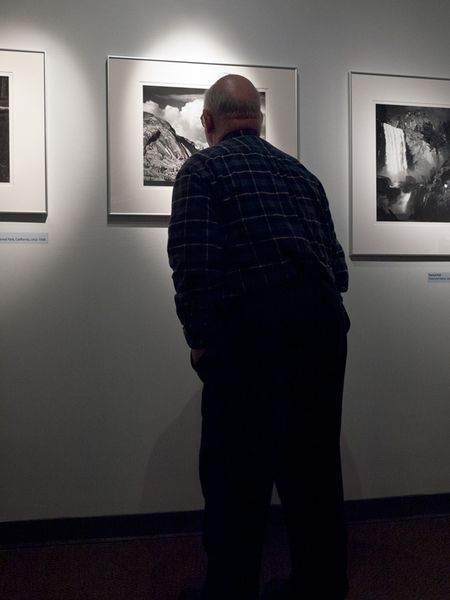
Unidentified museumgoer peering at Tenaya Lake and Mount Conness, Yosemite National Park. Ansel Adams has always been a
favorite with the public.
The show consists of 70 prints that Ansel made for his daughter Anne Adams Helms (the Helms family is the one with Illinois roots, hence the connection). I wasn't able to quite get the skinny from the various parties, but evidently the prints are largely the same ones that comprise "The Museum Set" that Maggi Weston proposed to Ansel in 1978 as an autumnal summarizing of the best pictures of his career. He completed a number of those sets, but his long-range plans were interrupted by his death in 1984. Matt says the scholarly accounting of the various sets and groupings that exist is all over the place. (Maybe John Sexton knows more about the subject. I'll ask.)
I first saw the Museum Set (whether it is the same group of pictures or not, I don't know) when it was brand new, at its first showing at the Washington, D.C. gallery of Harry Lunn, the legendary photography dealer who was responsible, among other things, for making Ansel wealthy. I think I've seen an appreciable number of Adams prints only once since then, at the National Gallery, and that wasn't recently. So getting to see so many original prints again was a treat. Like visiting with old friends.
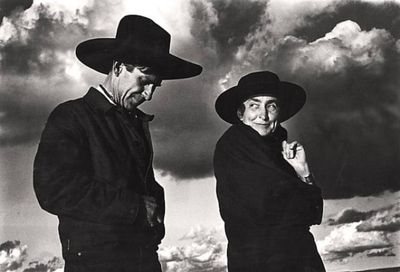 Ansel Adams, Georgia O'Keeffe and Orville Cox, Canyon de Chelly National Monument, courtesy Ansel Adams Publishing Rights Trust
Ansel Adams, Georgia O'Keeffe and Orville Cox, Canyon de Chelly National Monument, courtesy Ansel Adams Publishing Rights Trust
Although most of the "greatest hits" are present—many of which I, too, never tire of—both Michael McC. and I chose as our favorites pictures that are not very characteristic of Ansel. One of the ones Michael especially liked was the famous portrait of Orville Cox and Georgia O'Keefe, one of the few famous AA pictures taken with a 35mm camera (a Contax). "Best of Show" for me was also a portrait, a large-format portrait called "Mrs. Gunn on Porch."
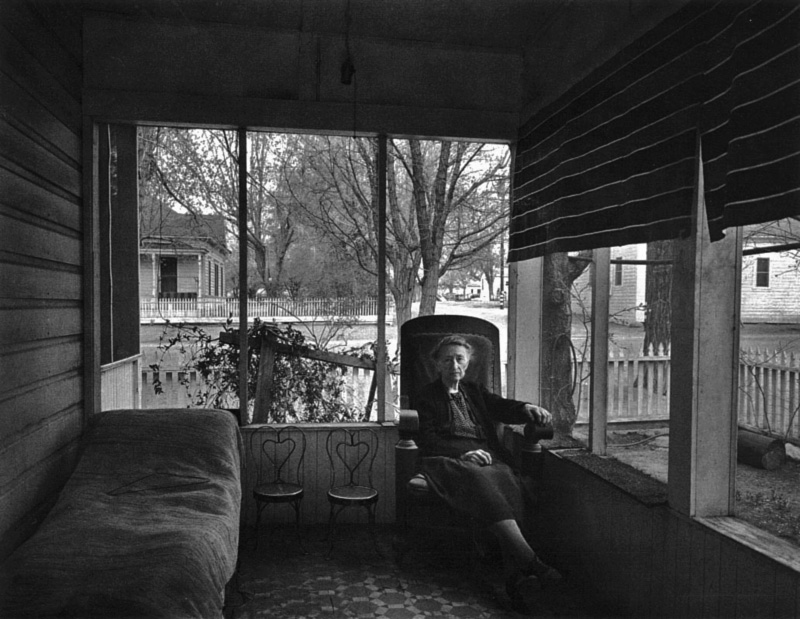 Ansel Adams, Mrs. Gunn on Porch, courtesy
Ansel Adams, Mrs. Gunn on Porch, courtesy
Ansel Adams Publishing Rights Trust
You can't "see" it very well from this rather poor JPEG, but the print is lovely, the picture unaffected and direct.
I'm almost certain I've never seen an original print of Mrs. Gunn before, although I could be wrong. (I'm no longer convinced, as I was for most of my earlier life, than I can remember every single photograph I've ever seen, a conviction that began in early childhood but was probably never literally true). Anyway, it's of a genre I now think I like best in LF, and maybe in all of photography, that is if I could ever say such a thing: the environmental portrait. It's also tonally "quiet," especially for Ansel.
As an aside, speaking of that, one thing I think is interesting is that the tonal properties of Ansel's work have been "changed" by the passing of more time and history. When I was young he was quite extreme in printing style: he walked a technical razor's edge from deep shadows to brilliant highlights, accentuating the contrasted edges and layers of light and dark that he loved so much. He inspired a legion of imitators, of course, who collectively changed the way we expect black-and-white photographs to look. (One of my friends used to refer to "zippy-zappy Zoners" to describe both the look and those who indulged it most.) Anyway, my point is that he looks gentler now than he used to...less zippy-zappy, you might say. The prints have not changed, but now that local contrast and unsharp masking are as easy as moving a virtual slider, visual convention has gone even more over the top and Ansel no longer looks so radical tonally.
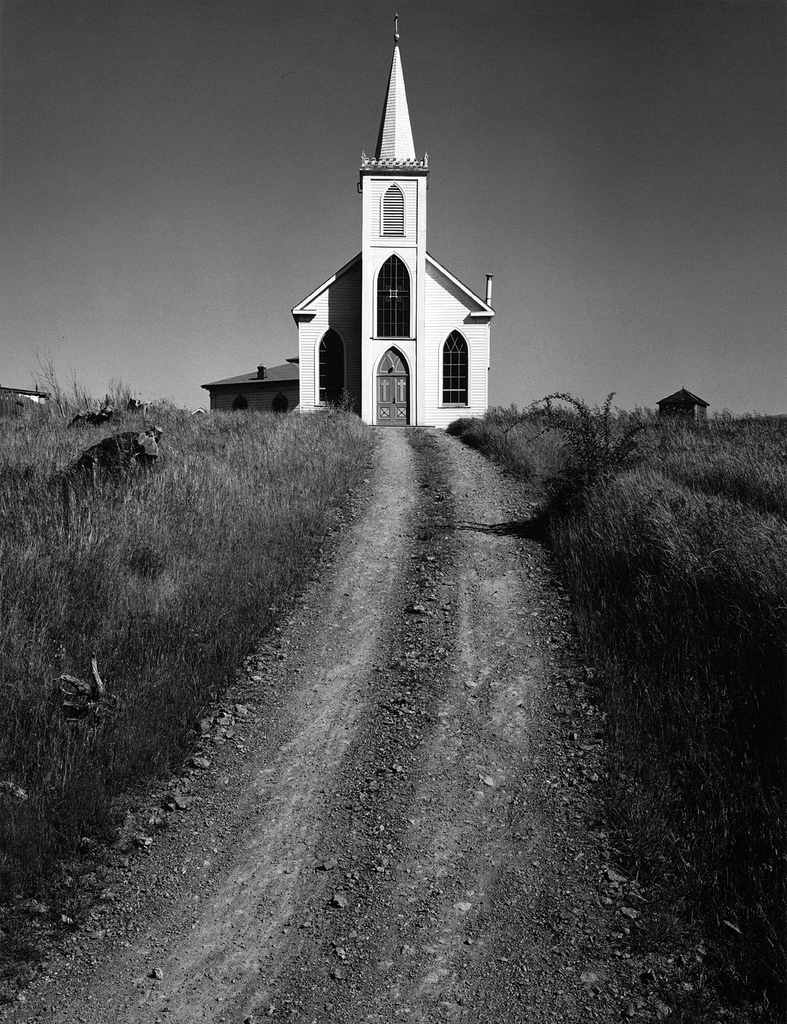 Ansel Adams, Church and Road, Bodega, California, courtesy
Ansel Adams, Church and Road, Bodega, California, courtesy
Ansel Adams Publishing Rights Trust
Ansel's picture of Bodega Church in Sonoma (above)—also a star of Hitchcock's "The Birds"—shows his tonal style, which used to be extreme and now isn't, at least not quite so much. I've always thought this picture was influenced by Wright Morris, the starkness of whose pictures of prairie sunlight has never been surpassed. (By the way, this was taken in 1953, by coincidence the same year Penn Camera started out in business.)
Another interesting thing we learned yesterday was that the Lake County Discovery Museum has the largest public collection of postcards in the world. Learn something new every day, I always say.
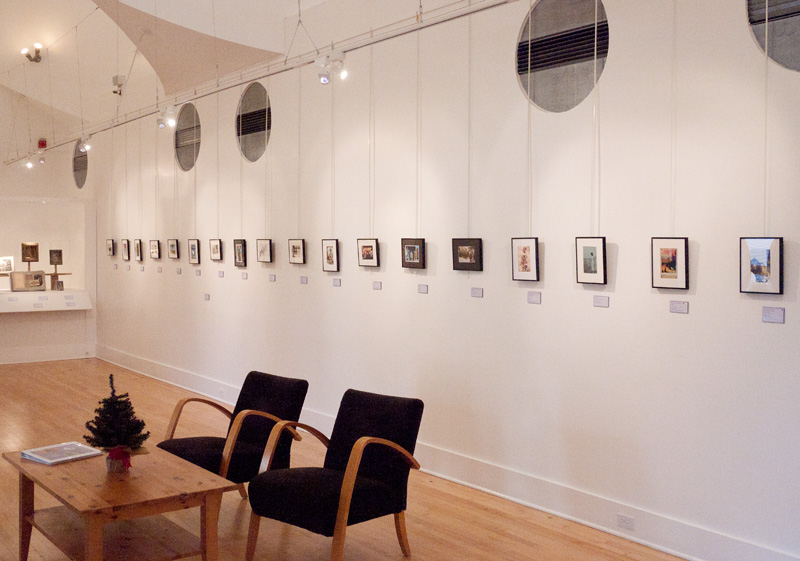 The LCDM, which will be moving to new facilities soon, regularly holds shows of postcard-sized art inspired by its huge holding of postcards.
The LCDM, which will be moving to new facilities soon, regularly holds shows of postcard-sized art inspired by its huge holding of postcards.
All in all a very pleasant show, and a fine way to spend a morning ignoring my bloggerly duties. Thanks to Michael for inspiring and organizing the trip.
Mike
(Thanks to Katherine Hamilton-Smith)
Send this post to a friend
Please help support TOP by patronizing our sponsors B&H Photo and Amazon
Note: Links in this post may be to our affiliates; sales through affiliate links may benefit this site. More...
Original contents copyright 2011 by Michael C. Johnston and/or the bylined author. All Rights Reserved.
Featured Comment by Steve L.: "Looks like you and I were doing the same thing on the same day, but in different parts of the country. My sister and I were at the Ansel Adams exhibit at the Munson Williams Proctor Art Institute Museum in Utica, N.Y. It's also one of his "museum sets", prints made by the man himself in 1970 I believe. I've done quite a bit of B&W printing (silver based in the past, digital now), and I found the quality of his prints simply breathtaking. It's the first time I've seen any of his work in person and it was well worth the trip. The exhibit ends on Sunday. Anybody in the area should definitely have a look."
Featured Comment by Jim Ullrich: "At the Missoula (Montana)Art Museum is a display of 130 of Ansel Adams's prints until April 15, 2012. These are privately owned by a former Dell Computer CFO who wanted to get an anniversary gift of four prints for his wife. He could not get 4, but could get 138 from the collection of the Friends of Photography. More of this story can be found in an article by Joe Nickell at the Missoulian.
Featured Comment by Bruce: "This show was such a treat. I brought my copy of Examples: The Making of 40 Photographs and sat in awe as I compared the prints to what I saw in the book. One image from Hawaii that I thought was okay in the book was just jaw dropping in person. I sneaked a few shots with my Fuji X100 as souvenirs. I was lucky in that there was no one there that day and spent a couple of hours with these magnificent images."
and sat in awe as I compared the prints to what I saw in the book. One image from Hawaii that I thought was okay in the book was just jaw dropping in person. I sneaked a few shots with my Fuji X100 as souvenirs. I was lucky in that there was no one there that day and spent a couple of hours with these magnificent images."
Mike replies: That's a great thing to do. It really opens your eyes (mind?) to the difference between good reproductions and original prints. Online JPEGs are another tier below good book repro, too.
One thing I worry about is that not enough people are seeing enough good prints these days. Just yesterday I was surfing around flickr, and kept coming on comments like "Great B&W tones!" left under B&W pictures that I thought were just tonally atrocious. I mean really, remarkably, unredeemably bad, not just a difference between my taste and the photographer's. And there they were, drawing praise and positive reinforcement. That seems like a "blind leading the blind" kind of problem to me, and is perhaps the result of not enough people being familiar enough with good work firsthand.
Featured Comment by AlanRossPhoto: "I’m glad you all had a chance to see the show, and I am glad Anne is still making it available. In fact, that is exactly why Ansel created the Museum Sets—so the work could be acquired by institutions and public-minded individuals on a not-for-profit basis, and keep the sets available for continued public viewing."
Alan is former Assistant to Ansel Adams and a wonderful photographer in his own right. —Ed.
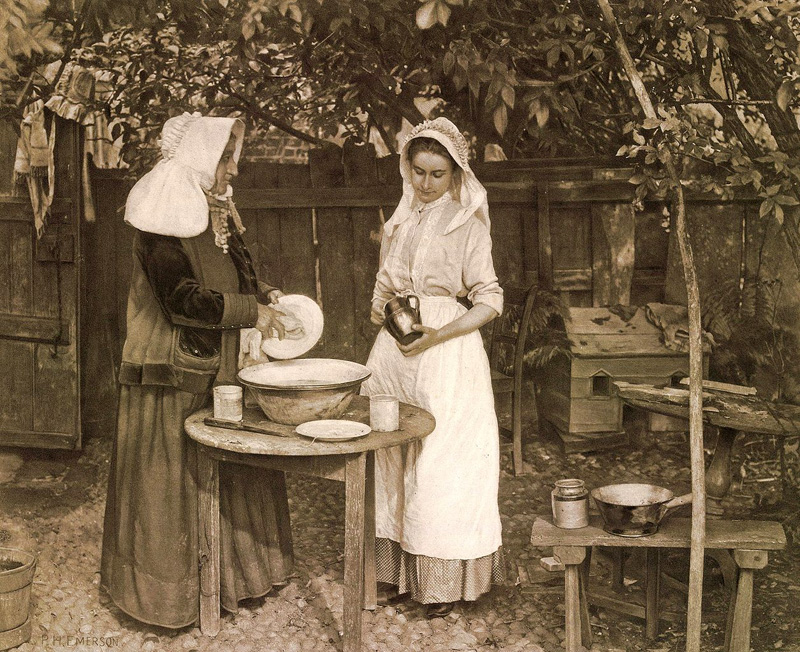 Peter Henry Emerson, Confessions, 1887
Peter Henry Emerson, Confessions, 1887
is by Nancy Newhall, wife of Beaumont. Beaumont Newhall, if you don't know the name, was the author of a longtime standard American history of photography
(I'm not sure of this, but in 75 years I don't think it's ever been out of print) and the first Director of the Department of Photography at the Museum of Modern Art; but Nancy (who allegedly had an affair with Ansel Adams) was no slouch as a scholar herself. The two most readily available books about Emerson right now are John Taylor's 2006 book The Old Order And the New: P. H. Emerson And Photography, 1885–1895
and Christian A. Peterson's 2008 study Peter Henry Emerson and American Naturalistic Photography
. The latter concentrates on Emerson's considerable influence on his younger admirers in America—one of whom was Edward S. Curtis, who we were discussing recently.
